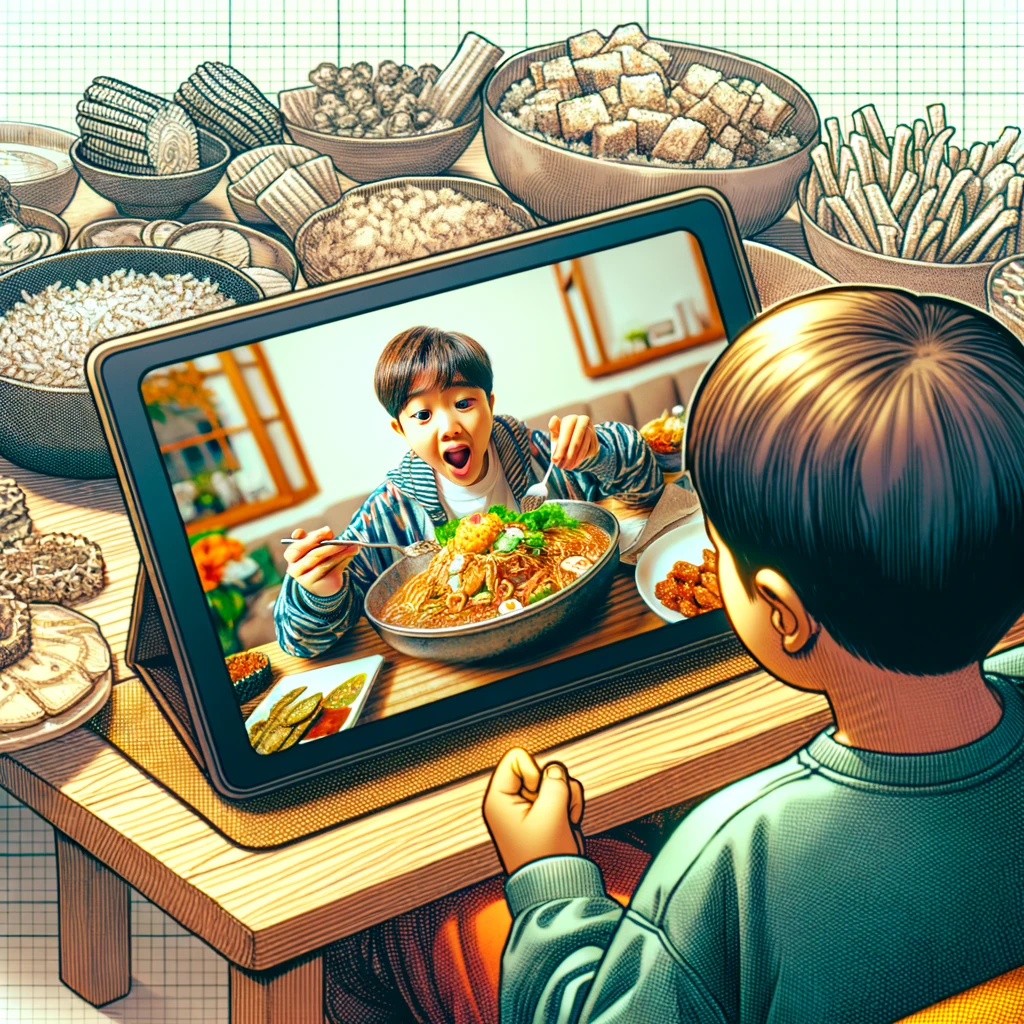What you need to Know | Details |
Definition | Mukbang combines eating and broadcasting, where hosts eat large amounts of food while interacting with viewers. |
Global Popularity | Originated in South Korea, now a worldwide trend due to its engaging and communal nature. |
Content Variety | Features diverse cuisines, from traditional dishes to fast food, appealing to a wide audience. |
Viewer Attraction | Provides entertainment, companionship, and cultural exploration through food. |
Psychological Impact | Can influence viewer’s eating habits and perceptions, with concerns about internet addiction. |
Parental Monitoring | Importance of monitoring children’s viewing habits, using tools like Safe Lagoon. |
Exploring the World of Mukbang: A Modern Phenomenon
Mukbang, a trend that has taken the internet by storm, has become a topic of intrigue and conversation worldwide. But what exactly is mukbang?
Unpacking the Mukbang Trend
Mukbang, a portmanteau of the Korean words for “eating” (meokneun) and “broadcast” (bangsong), is essentially a video stream where hosts eat large amounts of food while interacting with their audience.
As a digital phenomenon, mukbang exemplifies how social media can shape and influence cultural trends, particularly among younger audiences.
The Global Phenomenon
What started in South Korea has now captivated audiences worldwide. Mukbang isn’t just about food consumption; it’s a unique blend of culinary display and social interaction. Audiences are drawn to the diversity of dishes, from traditional Korean cuisine to indulgent fast-food spreads.
The world of mukbang is complex. While it’s a source of entertainment, psychologists are exploring its impact on viewers, especially children.
Concerns about eating habits and internet addiction are surfacing.
The Fascination Behind Watching
Why do viewers find mukbang so captivating? It’s more than just watching someone eat; it’s about the connection and interaction between the host and the audience.
A comprehensive study conducted on SAGE Journals delved into the content. This analysis of 5952 YouTube videos and 5265 news articles, coupled with a survey of 1200 individuals in Korea, provides an extensive view of mukbang’s influence on health habits.
At its root, viewers often seek a sense of companionship and enjoyment through these videos.
Psychological Impacts of Mukbang
While entertaining, there’s a growing discussion about the psychological effects of mukbang, especially on young viewers.
Psychologists express concerns about potential influences on eating habits and internet addiction, raising questions about the healthy consumption of such content.
Springer Link offers a scoping review on the psychology of watching. This insightful piece explores the various psychological motivations and effects of watching mukbang, enriching our understanding of its impact on viewers’ mental health.
A Closer Look at Viewer Motivations
A study on ResearchGate highlights the potential problematic aspects of mukbang consumption. It’s the first of its kind to investigate how viewing might lead to adverse outcomes for a segment of its audience.
Mukbang’s Role in Social Media and Culture
Mukbang is not just a fad; it’s a cultural phenomenon that speaks volumes about our digital era’s social media habits. It reflects the power of the internet in shaping trends and influencing behaviors, particularly among the youth.
These videos might reshape viewers’ eating habits, highlighting the importance of parental monitoring in digital content consumption.
To be honest, it’s sometimes mesmerizing to watch.
Frequently Asked Questions About Mukbang
The combination of social media’s reach and the human need for connection played a significant role in popularizing mukbang.
While it can be a source of entertainment, excessive watching may lead to unhealthy perceptions of food consumption.
Psychologists are cautious, highlighting the potential for both positive and negative impacts on mental health and eating behaviors.
Mukbang videos showcase a wide range of foods, from gourmet meals to everyday snacks, often in large quantities.
Yes, they can potentially influence viewers’ eating habits and perceptions of normal food consumption.





